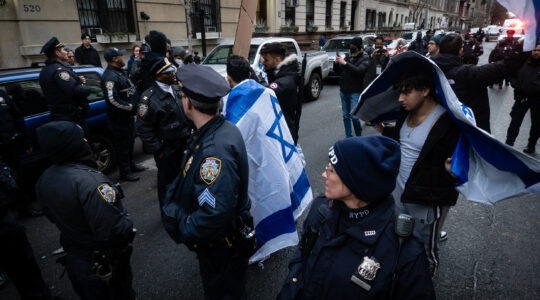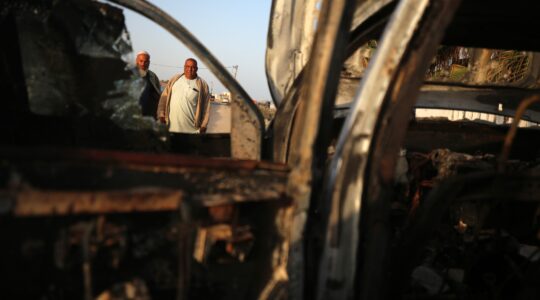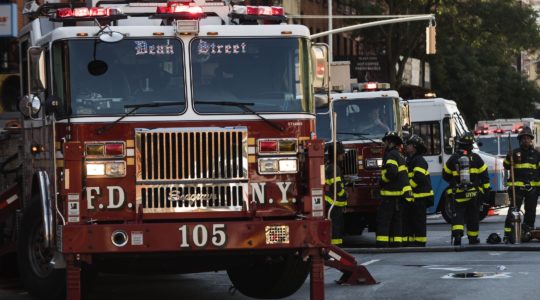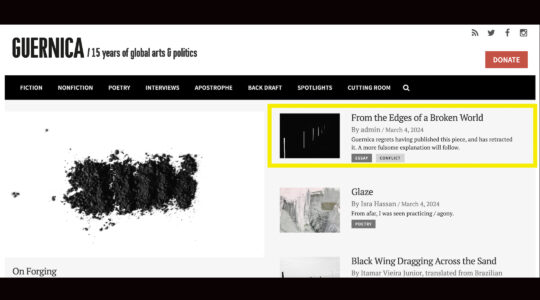KHARKOV, Ukraine, Aug. 31 (JTA) — Kharkov is Ukraine’s second largest city, a major trade, intellectual and cultural center for more than 200 years. It’s seldom on the American Jewish radar, although by the end of the 19th century the eastern Ukrainian city’s Jewish community was the second largest in the Russian Empire. Kharkov’s young Jews were active in the Bilu Zionist movement, as well as in underground revolutionary organizations, both of which emerged from university circles. Jewish religious life in Kharkov reached its zenith in 1913, with the completion of the city’s monumental Choral Synagogue. By 1917 there were 20 synagogues in Kharkov, as well as many Jewish welfare, communal and political-cultural organizations. All were closed by the Soviet authorities in the early 1920s, except for one synagogue that was permitted to remain open until the 1940s for the city’s 150,000 Jews. The 1941-43 Nazi occupation of Kharkov was brutal, with mass killings and deportations. Just 1,000 Jews were left in Kharkov after the war. Today, there are 40,000 to 50,000 Jews in Kharkov, and a prosperous Jewish communal structure that includes half a dozen Jewish schools, a branch of Kiev’s Solomon University, three synagogues, an active Hillel and Hesed welfare system, and one of the largest JCCs in the former Soviet Union.
Kharkov’s rich Jewish heritage
Advertisement





